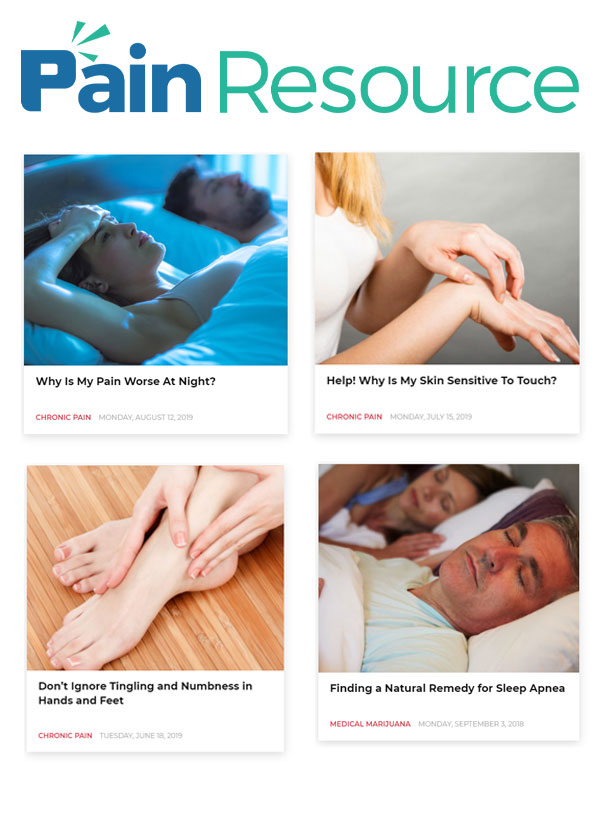
Due to increased stress caused by the coronavirus pandemic, more than 81,000 people experienced fatal overdoses between May of 2019 and May 2020, according to the Centers for Disease Control and Prevention. With such high overdose death rates, medication-assisted treatment (MAT) could save countless lives by helping them safely detox from addictive substances like alcohol, prescription opioids, heroin, and synthetic opioids.
MAT treatment is when certain medications are used to help people combat substance use disorders, and it is most often employed alongside behavioral health strategies like group therapy and nutrition counseling. But does this alcohol and drug therapy really work? Well, the only way to be sure is to examine the medication-assisted treatment statistics.


Table of Contents
Does MAT Treatment Really Work?
With MAT, an individual will receive medication to help ease withdrawal symptoms or to help them avoid using addictive substances in the future. For example, someone detoxing from heroin might take an opioid use disorder medication like Suboxone to help avoid heroin withdrawal symptoms. By taking a partial opioid agonist like Suboxone, they can slowly wean off the medication to remove their physical dependency instead of quitting cold turkey and dealing with potentially dangerous withdrawals.
Sometimes, MAT continues for as little as seven days, and it can be used to minimize withdrawal symptoms during the detox process. In other cases, individuals may choose to continue MAT treatment for months to help their bodies slowly and gradually wean off of addictive substances.
And according to the latest medication-assisted treatment statistic, this strategy works.
One study on opioid dependence concluded that those who received MAT treatment were more likely to stay in recovery than those who received no medication or a placebo. Another study examined individuals at a 12-step-based rehab who had undergone MAT, and it found that those who took their medications as directed had substantially better treatment outcomes.
These medication-assisted treatment statistics indicate that, when administered as part of a behavioral health program, MAT can make a powerful difference in addiction recovery. However, there are still individuals who doubt the efficacy of MAT treatment.
Debunking Common MAT Treatment Myths
Among individuals who are opposed to MAT treatment, there are some common arguments against this drug and alcohol detox strategy. Below, we will present and debunk some common MAT myths:
“It’s just replacing one drug with another.”
Often, individuals point out that when people go from abusing heroin to undergoing MAT treatment, they go from abusing one drug to taking another. And while this is technically true, it leaves out critical context.
When an individual is addicted to opioids, they experience a sharp decrease in quality of life. They are constantly chasing a high, their personal relationships worsen, they often lose their jobs, and they may even resort to stealing from people they care about. And when taken as prescribed, none of these things are true about MAT drugs.
When patients take MAT drugs as directed, they will experience no high, and it keeps them feeling healthy and safe. Moreover, MAT makes it possible to safely quit addictive opioids when that may not otherwise be possible. For example, if someone would normally have to deal with withdrawal symptoms like insomnia, vomiting, and paranoia, they may never choose to quit because they don’t want to be sick. However, with MAT, it becomes possible for them to quit drugs for good.
“MAT doesn’t work because it’s only short term.”
There is a common misconception that MAT treatment only lasts for the length of stay in a rehab, but this is often not the case. While MAT can be short term, it can also continue long after an individual has graduated from rehab. Tapering off of MAT drugs is a deeply personal situation, and a course of action can only be decided between a patient and their doctor.
For some people, the process can take only a few months, while it can take much longer for others. This is largely due to a variety of factors, including physical health, history of substance abuse, and personal recovery goals. Notably, however, this has nothing to do with how seriously an individual takes their recovery or how committed they are to recovery. MAT treatment is different for every individual, and that’s exactly how this drug therapy works best.
“MAT treatment increases overdose risk.”
This is perhaps the most harmful myth on this list, but thankfully it is completely incorrect. When combined with behavioral health treatments, MAT is one of the most effective ways to quit opioids. Because MAT makes it easier to quit harmful drugs, it actually greatly lowers risk of overdose.
One study examined 17,500 people with opioid use disorders from 2012 to 2014, and it showed what a drastic difference MAT treatment can make. In comparison to those who received no MAT medication, deaths from overdose decreased by 38% in the group taking buprenorphine, and deaths from overdose decreased by 59% in the group receive methadone.
As these medication-assisted treatment statistics prove, MAT treatment actually reduces overdose risk. This is an important treatment for many people trying to quit drugs, and the data clearly supports this evidence-based treatment option.
Now that we’ve covered the general idea of MAT treatment, let’s take a look at the different types of drugs that can be used to help people quit drugs and alcohol.
MAT Treatment Drugs
There are a variety of different drugs that contribute to MAT treatment, and which one is best for you will be determined between you and your provider. Typically, the MAT drug(s) you receive will depend on your health, your history of substance abuse, and your recovery plans.
Alcohol Use Disorder (AUD) Medications
For those suffering from addiction to alcohol, Acamprosate, disulfiram, and naltrexone are the most common MAT drugs. Let’s take a closer look at each one of these medications:
- Acamprosate: This medication is for people who have already detoxed from alcohol and want to avoid drinking in the future. This medication does not prevent alcohol withdrawal symptoms, but it does help restore chemical balance to brains that have been negatively affected by alcohol abuse. In this way, it makes it easier to stay sober in a person who has already quit alcohol. It has not been proven effective in people who continue to drink or use drugs.
- Disulfiram: This is another medication that helps people who have already quit drinking to stay away from alcohol. When an individual on this medication drinks even a small amount of alcohol, they will experience unpleasant side effects like nausea, vomiting, and headaches within 10 minutes.
- Naltrexone: This medication blocks the euphoric effects of drinking, making it easier for people to quit since they can’t get that “buzz.” In this way, it greatly reduces an individual’s risk of relapse.
Opioid Use Disorder Medications
When quitting opioids, some of the most common MAT drugs are buprenorphine, methadone, and naltrexone. Depending on the situation, these medications can be used for a few days, a few months, or a lifetime.
- Buprenorphine: Buprenorphine suppresses the desire for opioids and helps satisfy physical dependence without giving a high. For this reason, it is often administered as part of an opioid detox program.
- Methadone: Perhaps the most well-known drug on this list, Methadone reduces desire for opioids like Buprenorphine. However, Methadone also blocks the euphoric effects of opioids, making them much less tempting for people in recovery.
- Naltrexone: This medication blocks the “high” effects of opioids, which makes it easier for people with opioid use disorders to stay in recovery.


Addiction Recovery Starts Now
Whether you choose to enroll in MAT treatment or not, you deserve to live a healthy, happy life, free from drugs and alcohol. And at The Blackberry Center, we’re committed to getting you the help you need in whatever way works for you.
Do you want to learn more about our drug and alcohol detox or our dual diagnosis rehab program? Call our friendly admissions specialists at 888-512-9802 or ask your questions online. Addiction recovery is hard, but there’s no reason that you should face it alone!
The post Medication-Assisted Treatment (MAT) Statistics and Efficacy appeared first on The Blackberry Center of Central Florida.
Source
Original Author: The Blackberry Center

